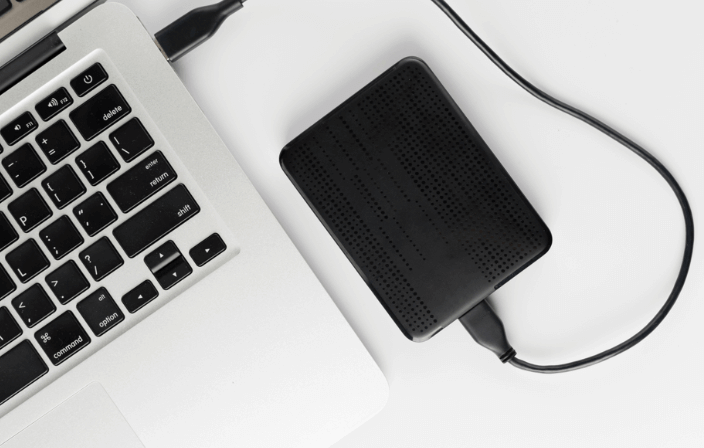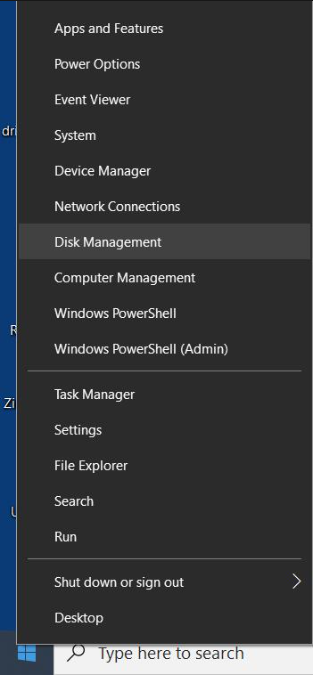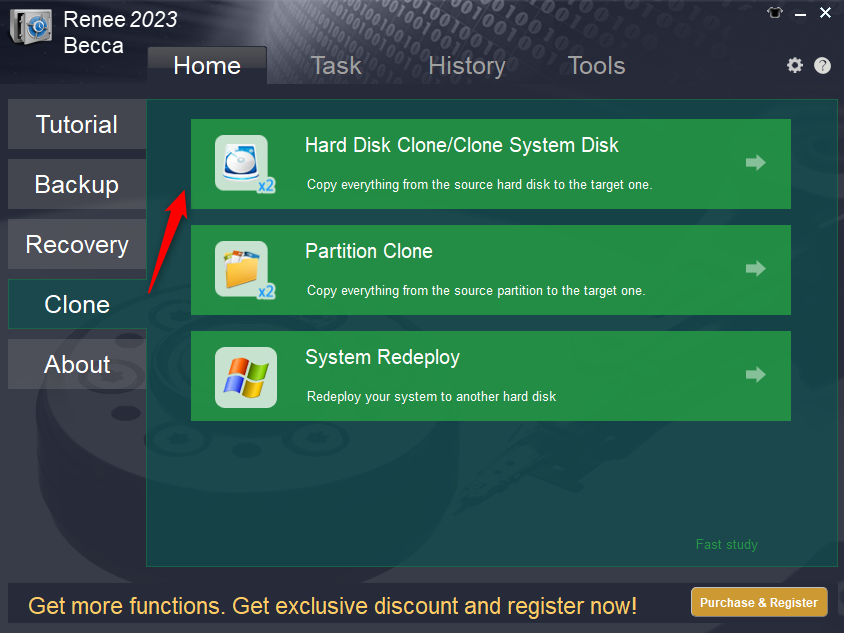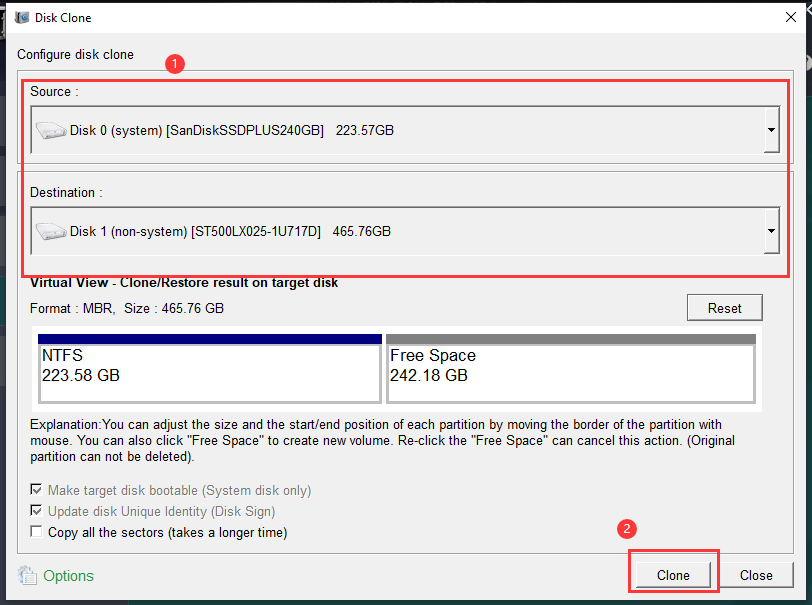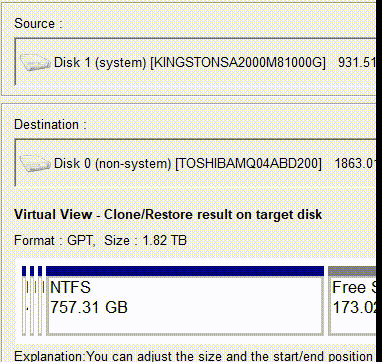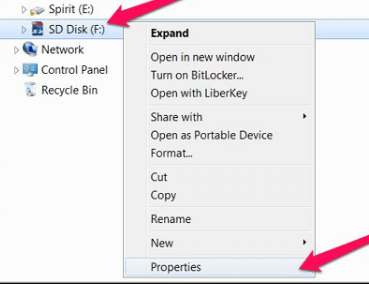Common Issues Encountered During Cloning and Their Solutions
1. Destination Drive won’t boot
One common issue users encounter is the target drive won’t boot.
2. Source or Destination Drive Not Recognized
One common issue users encounter is the system’s failure to recognize either the source or destination drive. This can disrupt the cloning process and lead to data transfer errors.
Solution: Ensure that both drives are properly connected and recognized by your system. Use the system’s disk management utility to verify drive visibility. For example, on a Windows computer, right-click on the “Start” button and select “Disk Management”. Ensure both drives appear in the list.
If the drives are not recognized, restart the computer and access the BIOS/UEFI settings by pressing keys like Delete, F2, or Esc during the boot process. Navigate to the “Boot” or “Storage” section and ensure both drives are listed as detected hardware.
Updating your system’s drivers and drive firmware can also resolve recognition issues. Visit the manufacturer’s website to download the latest updates and follow the instructions to install them.
3. Insufficient Storage Space
If the destination drive does not have enough storage space to accommodate the data from the source drive, the cloning process will fail.
Solution: Verify the storage space on both drives before initiating the cloning process. On a Windows computer, open File Explorer, right-click on the source drive, select “Properties”, and check the “Used space” and “Free space” statistics.
Ensure that the “Free space” on the destination drive is greater than or equal to the “Used space” on the source drive.
If the destination drive lacks sufficient space, consider using a larger drive or
free up space by deleting unnecessary files.
4. Data Corruption or Loss
Data corruption or loss during the cloning process can occur due to various reasons, such as drive health issues or interruptions during data transfer.
Solution: Before initiating the cloning process, back up important data to an external drive or cloud storage. This acts as a safeguard against data loss. Additionally, check the health of both the source and destination drives using tools like
CrystalDiskInfo or the manufacturer’s utility. Replace any drives in poor health before proceeding.
During the cloning process, avoid interrupting the data transfer. Ensure a stable power supply and avoid disconnecting the drives until the process is complete.
5. Cloning Process Fails or Freezes
Sometimes, the cloning process may fail or freeze due to software glitches or hardware problems.
Solution: Restart the cloning software and try the process again. Ensure that your computer meets the software’s system requirements and that all software updates are installed. If the problem persists, check for any compatibility issues between the drives and the cloning software.
Running a disk check utility on the source and destination drives can also help identify and fix any underlying issues that may be causing the process to fail.
6. Incomplete Data Transfer
Incomplete data transfer can result in missing files or corrupted data on the destination drive.
Solution: After the cloning process is complete, verify the contents of the destination drive. Ensure that all files and folders from the source drive are present and accessible. If any data is missing or corrupted, consider repeating the cloning process.
To minimize the risk of incomplete transfers, avoid using the computer for other tasks during the cloning process and ensure that no background applications interfere with the data transfer.
Addressing these common issues and implementing the recommended solutions will ensure a smoother and more reliable data cloning process using the Western Digital Cloning Software. Proper preparation and troubleshooting can save time and avoid potential data loss, leading to a successful cloning operation.

